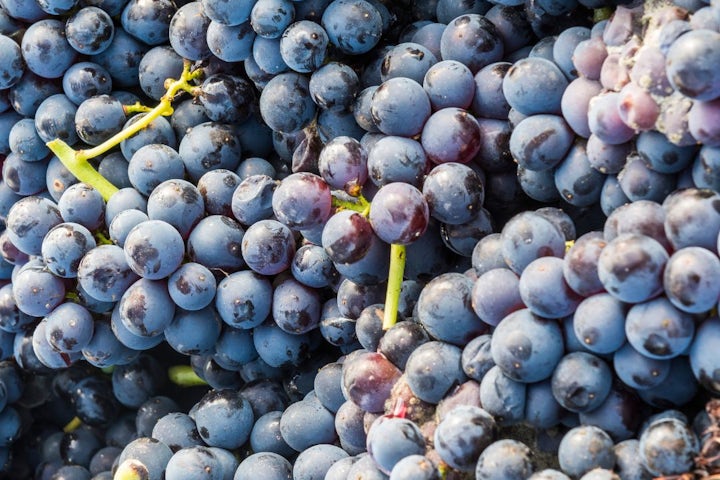
2019 Francois Lumpp Givry 1er Cru Pied du Clou Pinot Noir
$ 115.00 AUD
Pierre and Anne-Cécile Lumpp are now taking over the reins at this Côte Chalonnaise reference point, and the 2019 vintage confirms that they are building on the success of their parents, as it’s the most brilliant I’ve ever tasted at this address. Farming is organic without certification, and many of the domaine’s parcels have been replanted in the last couple of decades with superior vine material taken from Burgundy’s best domaines—something that’s essential if the Côte Chalonnaise is to make qualitative progress. In the winery, the Lumpp family eschews stylistic extremes in the cellar, fermenting destemmed fruit with temperature control and maturing their wines in barrels: 70% new for the reds and 30% new for the whites. As I’ve written, these bottles are a staple of France’s best restaurants’ wine lists for good reason; and the sumptuous, succulent and expressive 2019 vintage merits especially ardent pursuit.Pied du Clou is a Monopole owned by Francois Lumpp, located just behind the winery in the centre of the appellation. It came about after Francois began the process of the foundations of the winery and saw how superb the soil soil was. He applied to the INAO and was granted 1er Cru status in 2010. 0.65 of a hectare planted.
Region - Burgundy
Type - Red
Year - 2019
Winery - Burgundy
Grape - Pinot Noir
Volume - Standard - 750ml
About the wine
Tasting notes
An equally ripe yet slightly cooler nose features notes of red cherry coulis, raspberry, plum and a touch of earth. The sleek, delicious and much more finely textured flavors possess notably better depth and excellent persistence on the dusty and youthfully austere finale. This is also quite good and worth considering
Wine descriptors
Captivating and Complex, Elegant and Fine, For the Cellar, Juicy and Fruity, Something Special
Fruit aromas & flavour
Cherries, Plum, Red Berries
Other aromas & flavour
Earth, Florals, Minerality, Oak, Spices
Food pairings
Pork
Cheese
Pizza
Fish
Red Meat
Pasta
BBQ
Vegetables
Poultry
Shellfish
Oysters
Spicy Foods
Cured Meats
Desserts

Pinot Noir
Pinot noir (French: [pino nwaʁ]) is a red-wine grape variety whose name roughly translates to describe the tight clusters of a pine cone. Its home is France's Burgundy region, particularly Côte-d'Or. It is also planted in Argentina, Australia, Austria, Bulgaria, Canada, Chile, northern parts of Croatia, Czech Republic, England, the Republic of Georgia, Germany, Greece, Israel, Italy, Hungary, Kosovo, the Republic of Macedonia, Moldova, New Zealand, Romania, Serbia, Slovakia, Slovenia, South Africa, Switzerland, Ukraine, United States, and Uruguay.





















